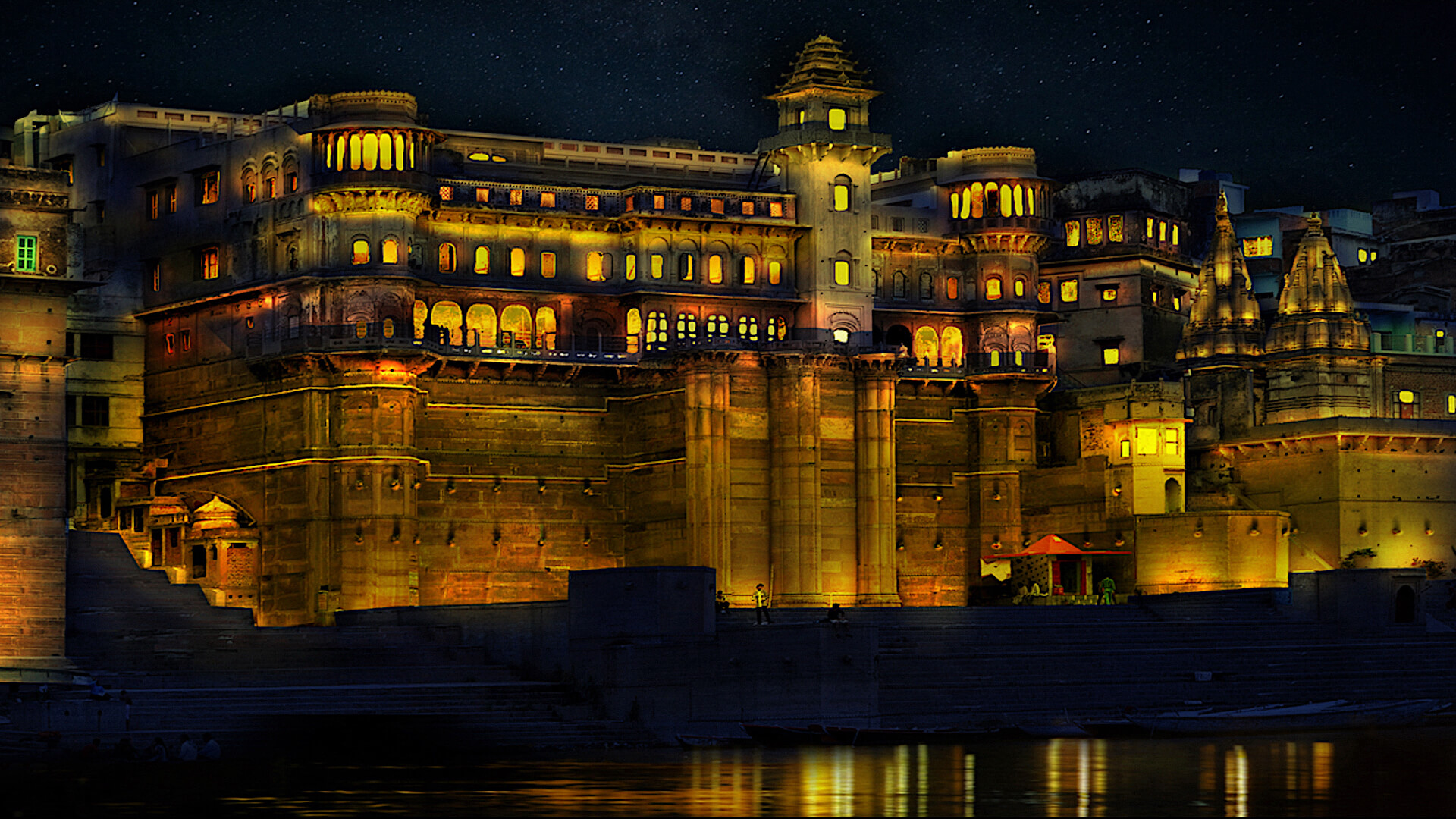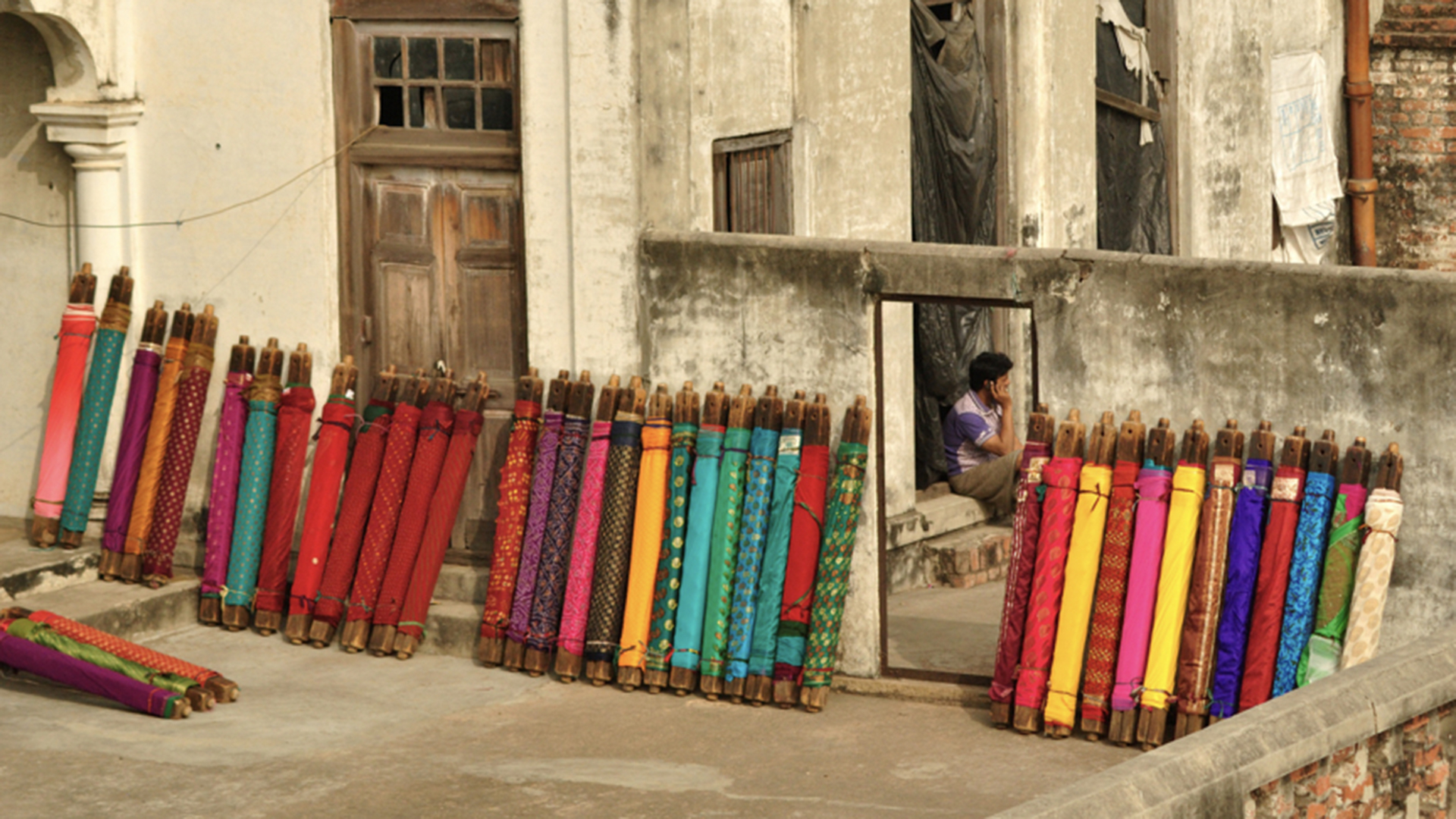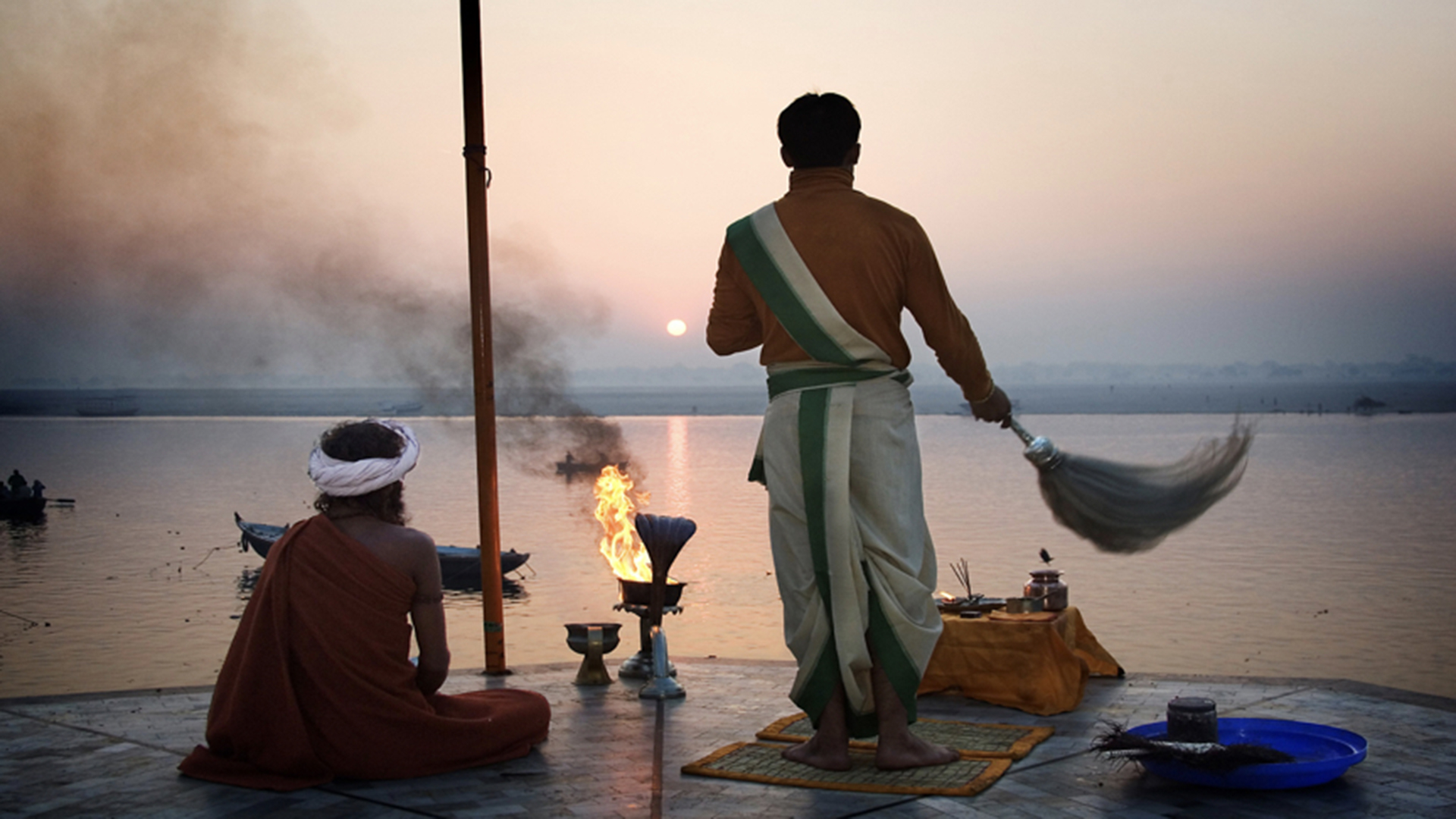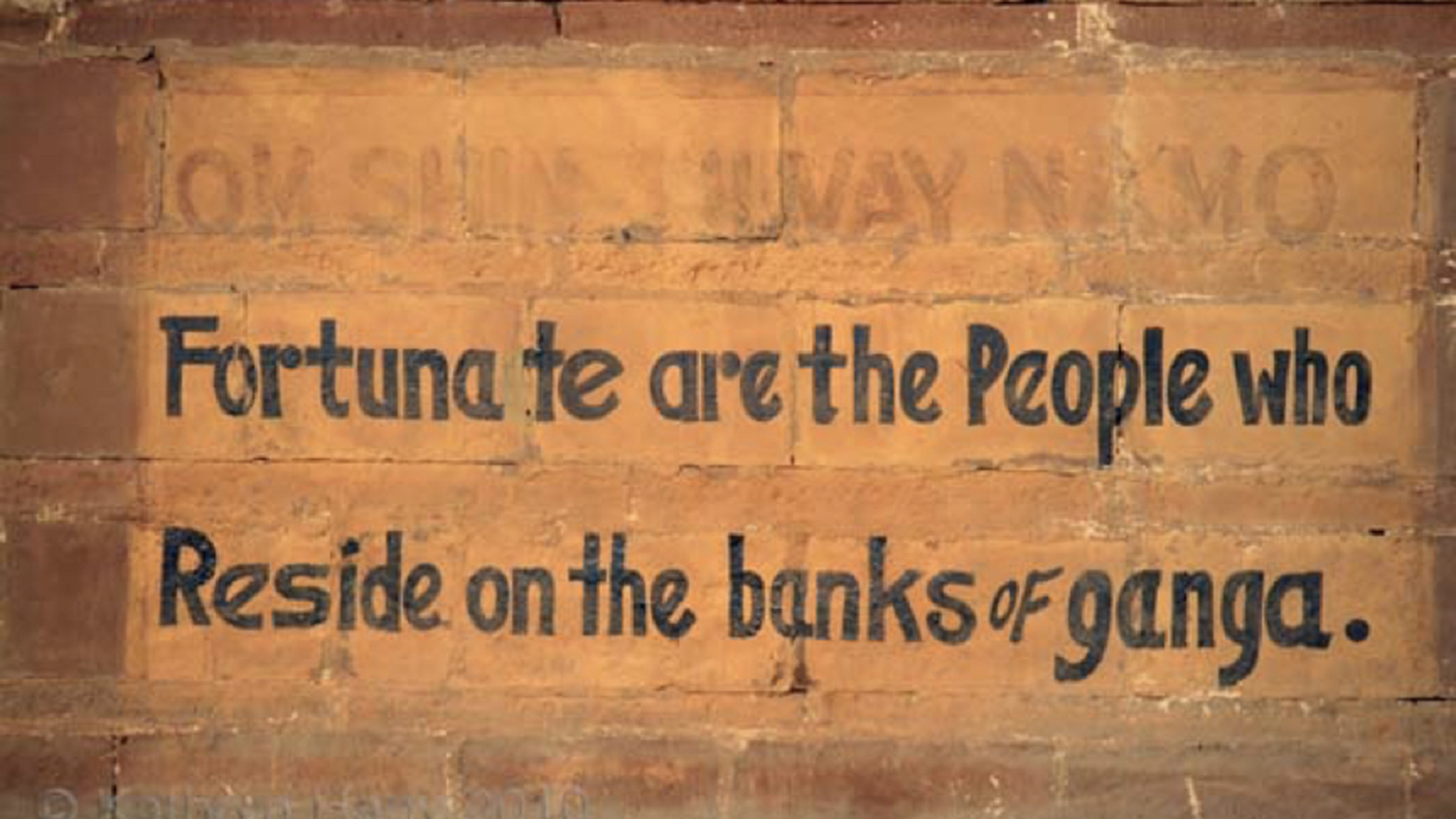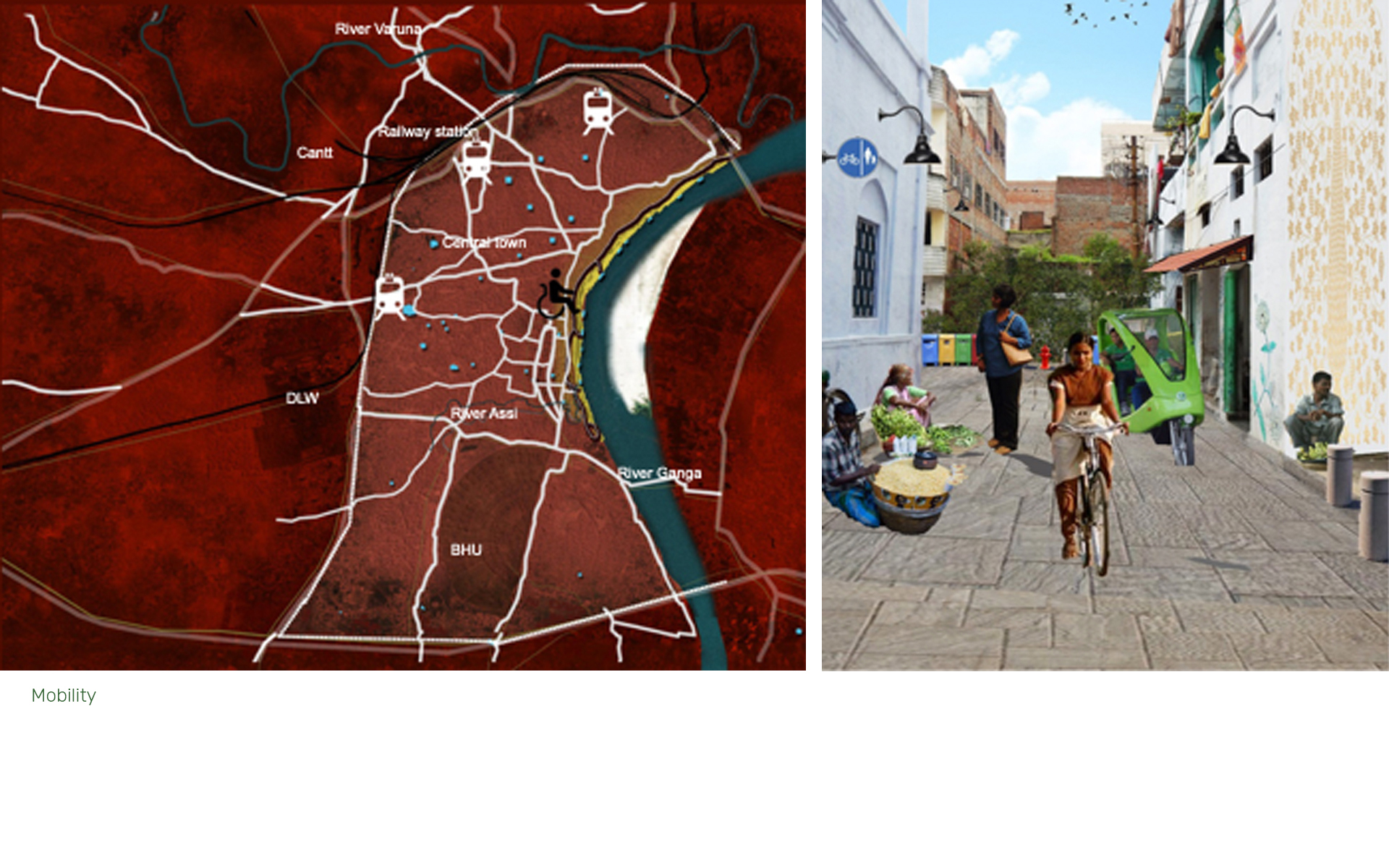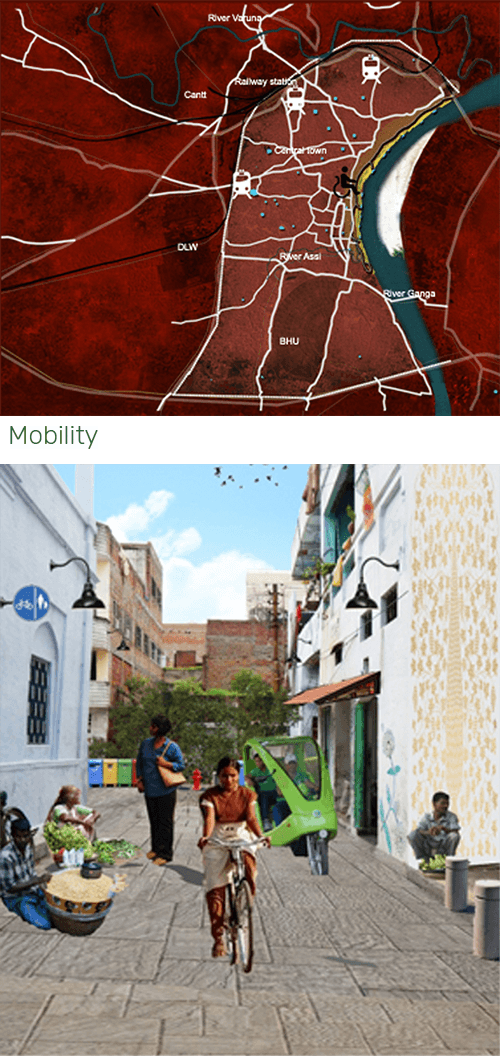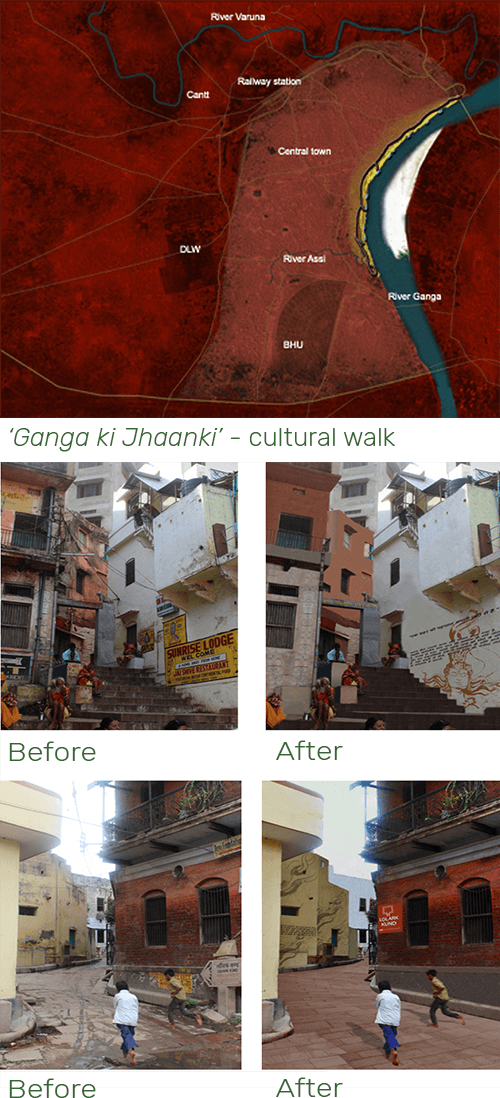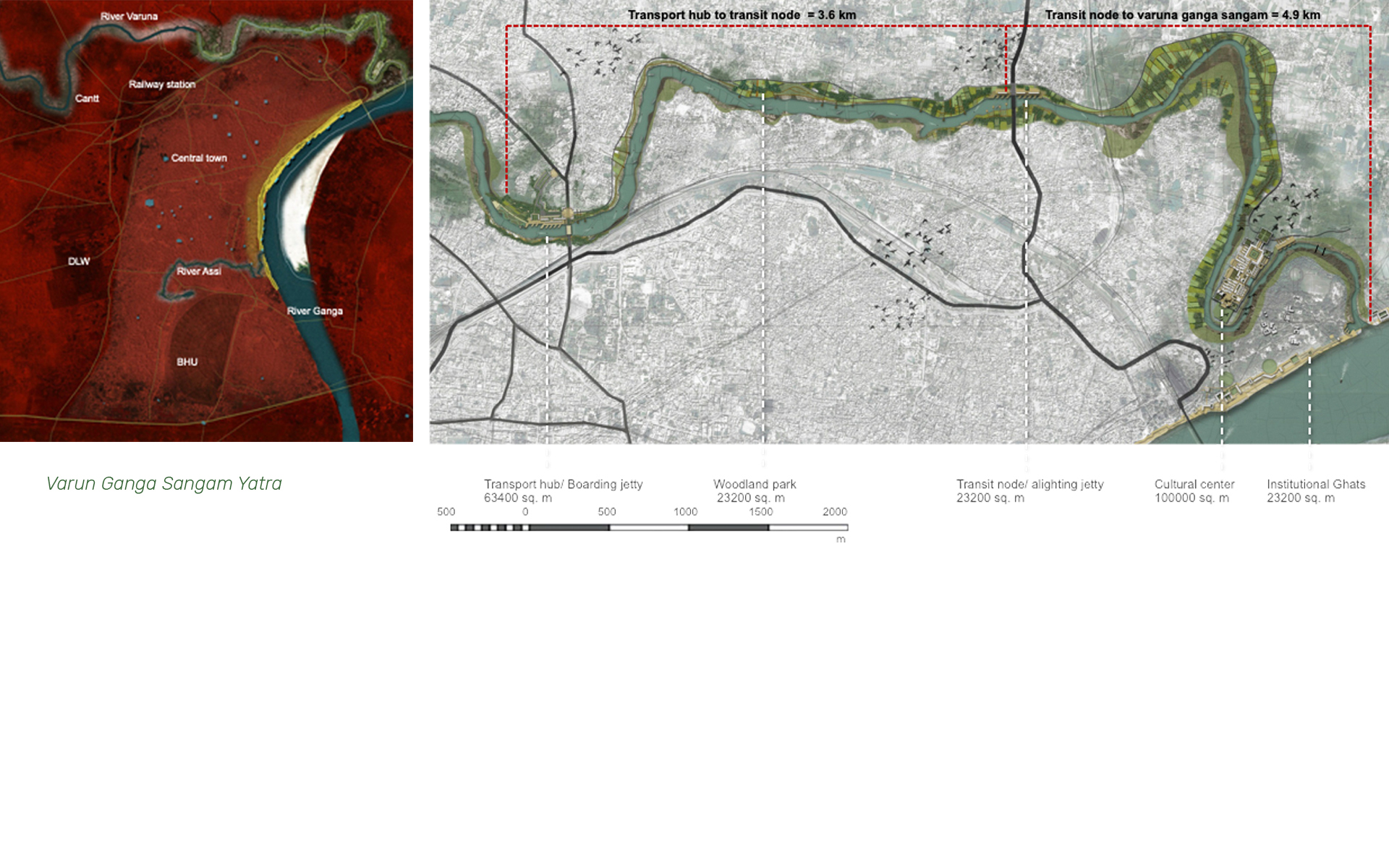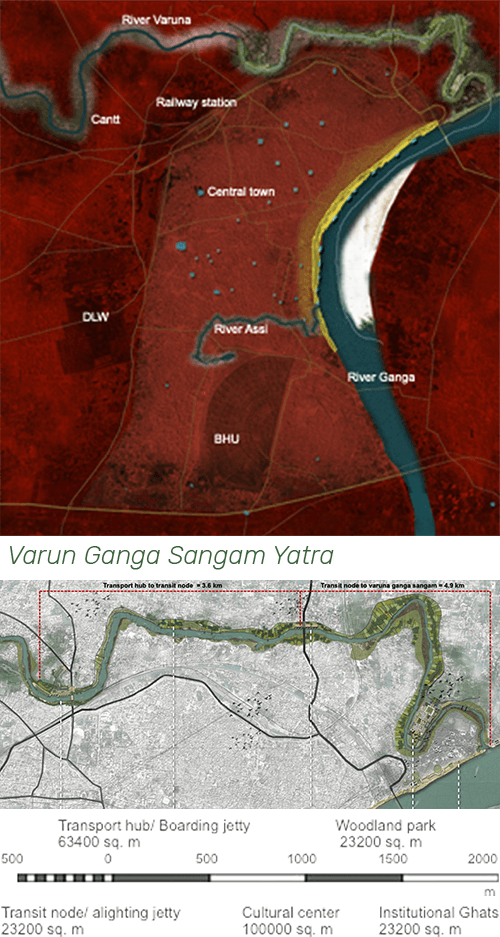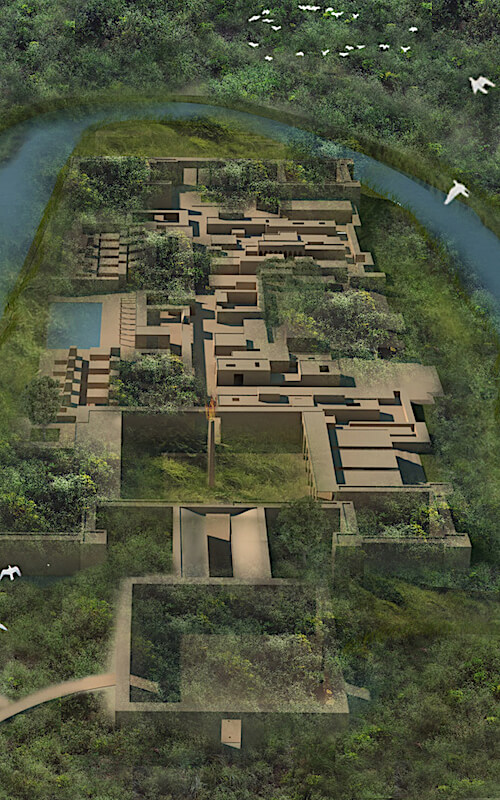
Varanasi- The City
There has, for some time, been a need to develop a model that doesn’t look at issues of city management and governance in isolation – but rather treats them as interconnected; as part of a larger whole.
Varanasi - the oldest continually inhabited city in the world. Since time immemorial, it has been a hub for knowledge, culture, and discourse. Present-day Varanasi, as a result of its religious and cultural significance, and the historic charm it retains, sees over 30 lack tourists annually. It is laid out into four major areas - the old city along the Ghats with its crowded, narrow lanes; the approximately 100 Ghats whose steps lead to the banks of the Ganga river;‘Banaras Hindu University’ spread over an area of 2760 acres of land; and lastly the Cantonment Area that retains the sense of the era of the British Raj.

The four parts of Varanasi
-Varanasi’s Old City
-The Ghats of Varanasi
-Banaras Hindu University
-The Cantonment area
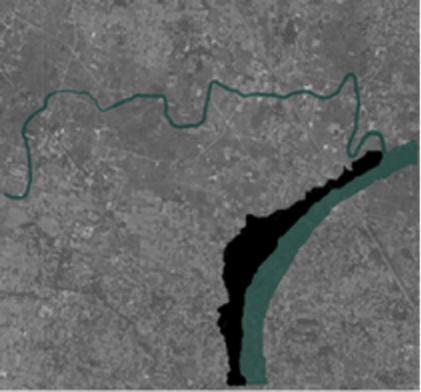
The urban band that developed along the river from Asi in south to Raj Ghat in the north and is composed of river facing buildings (mainly palaces) and Ghats.
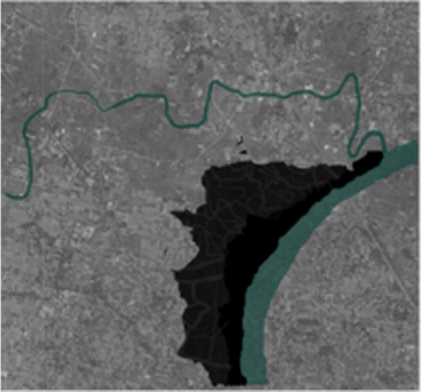
The distinctive urban fabric flanking the river-front urban band and developing westwards from it. Known as the pakka mahal, it consists of a web of mohallas, intricately weaved together.
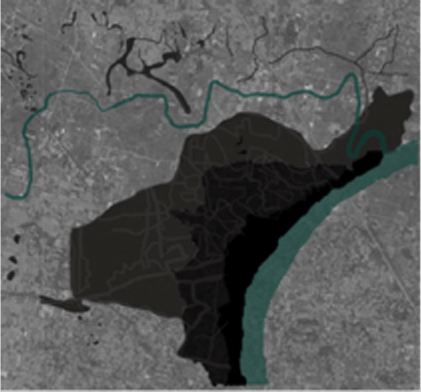
The gardens and pleasure residences of the rich merchants on the lines of the Mughal gardens, situated on the outskirts of the 18th century city.
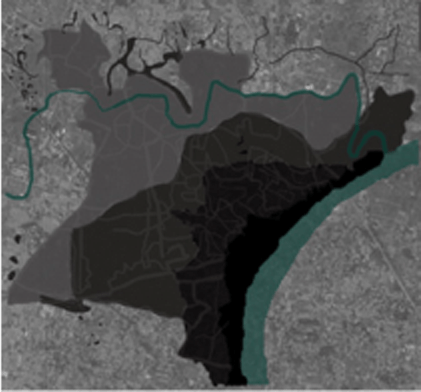
The recent plotted development extending from the outskirts of the 18th century city to the cantonment area.
With its many names and connotations, the city finds resonance with all who visit it. It finds a way of capturing you; telling you, almost at once, the multiple stories that it has held onto for so long.
It is with this sense of empathy, that LEAF, along with sector experts from 15 offices looked at the various issues in the management and governance of Varanasi. The team looked at issues of waste & sewage management, traffic management, electrification, culture and heritage conservation, and mobility, amongst others. Having mapped out these issues, independent, actionable plans were created for each sector; each plan working in conjunction with the many others.
All the proposals stemmed from an understanding that these issues cannot be addressed independently; the city must be looked at as a singular entity. They were a step towards proposing contemporary solutions to age-old complexities.
Outside of proposing solutions that benefitted the residents of the city, the program also looked at Varanasi as a place of tourist significance.



The resultant presentation, and documentation - making a case for a unified approach - was presented to, and well-received by the Prime Minister’s Office.












